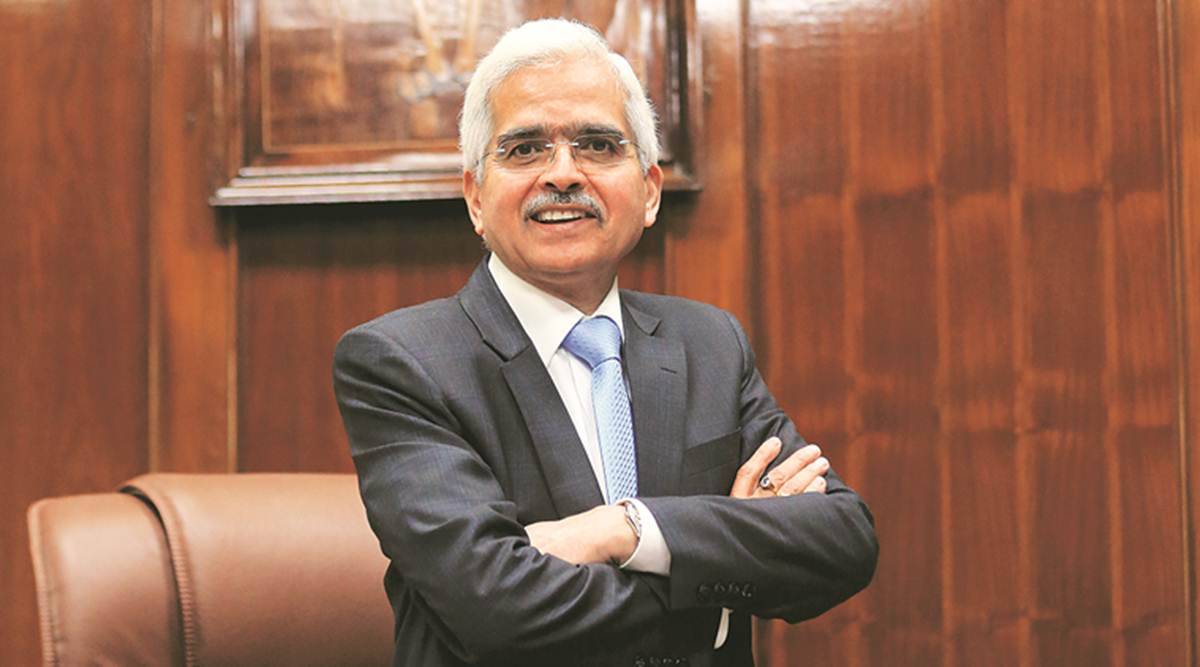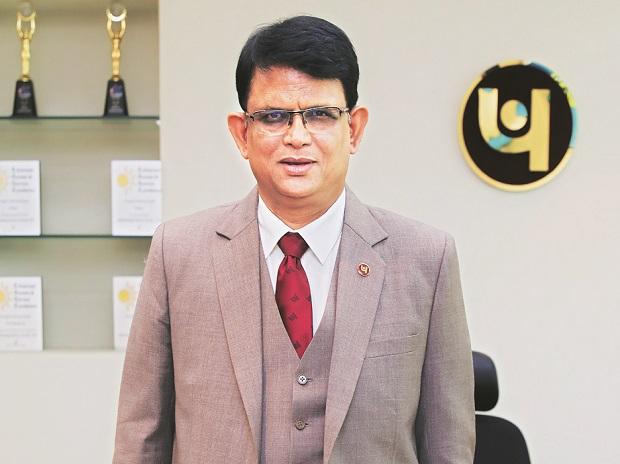BANKS
How RBI plans to manage liquidity, inflation & growth
RBI’s key challenges will be to manage liquidity, inflation and growth as post-Covid repair work starts. A shift from easy-money policy will, however, require delicate balancing.
RBI’s key challenges will be to manage liquidity, inflation and growth as post-Covid repair work starts. A shift from easy-money policy will, however, require delicate balancing.

The Reserve Bank of India’s key challenges will be to manage liquidity, inflation and growth as the government plans a rebound of the economy, which has been severely damaged after the outbreak of the coronavirus pandemic.
As part of the post-Covid repair work, the first step for the central bank will be to slowly withdraw excess liquidity support. There is a liquidity overhang and the absence of government borrowing for GST compensation provides RBI the space to gradually shift from easy-money policy. There is also a recognition that bond purchases are not required at the moment.
The RBI has already signaled it could start a process of normalising monetary policy as the economy emerges from the shadow of the second wave of Covid-19. For starters, the central bank has discontinued its bond buying under the G-sec Acquisition Programme (GSAP), though it will continue to keep guard with instruments like operation twist (OT) to stimulate economic growth through lowering long-term interest rates.
The total liquidity injected into the system during the first six months of the current financial year through open market operations (OMOs), including GSAP, was Rs 2.37 lakh crore versus Rs 3.1 lakh crore for the full financial year 2020-21.
RBI Governor Shaktikanta Das, in fact, set the tone for the central bank’s next round of monetary policy when he said that given the excess liquidity, the need for undertaking further GSAP operations at this juncture does not arise. The rationale for a policy of gradual withdrawal of liquidity is also supported by the fact that there would be an expansion of liquidity in the system as government spending increases in line with budget estimates.
"Since the onset of the pandemic, the Reserve Bank has maintained ample surplus liquidity to support a speedy and durable economic recovery," Das stated while announcing the monetary policy on October 8.
The level of surplus liquidity in the banking system increased further during September 2021, with absorption through fixed-rate reverse repo, Variable Rate Reverse Repo (VRRR) of 14 days and fine-tuning operations under the Liquidity Adjustment Facility (LAF) averaging Rs 9 lakh crore per day as against Rs 7 lakh crore during June to August 2021, he added.
Das, however, realises that the normalisation of liquidity has to be gradual and non-disruptive. The RBI will thus be ready to undertake GSAP when need be and also continue to flexibly exercise other liquidity management operations, including OT and regular OMOs.
Living under the Covid-19 shadow, GDP growth, which had seen its worst contraction of -24.4% in April-June 2020, will be the primary policy driver. Even as the economy has seen a bounce back, the RBI has retained its growth forecast for this fiscal at 9.5%.
Das feels that the growth impulses seemed to be strengthening, supported by ebbing of infections, the robust pace of vaccination, expected record kharif foodgrains production and the government’s focus on capital expenditure.
Inflation, in the RBI’s view, seems to be under a more favourable climate. The central bank has cut its projection for average inflation for the full fiscal to 5.3%, from 5.7% earlier. Core inflation, though, ‘remains sticky’ amid elevated global crude oil and some commodity prices.

Reacting to the monetary policy, Punjab National Bank managing director and CEO Mallikarjuna Rao said: “The RBI has retained the growth projections and moderated the CPI inflation projections. The gradual and calibrated unwinding of liquidity measures will support growth while keeping inflation under control.”
Bank lending to non-banking financial companies (NBFCs) for priority on-lending extended for 6-months up to March 31, 2022 will encourage flow of credit and support growth at the grassroots level, Rao added.
Shriram City Union Finance managing director and chief executive YS Chakravarti believes that the demand for two-wheeler and gold loans will further pick up as interest rates stay low. “The RBI has also extended PSL (priority sector lending) status for banks lending to NBFCs for on-lending to MSMEs (micro, small & medium enterprises) till March, 2022. The regulatory measures, reliefs and benefits to MSMEs will aid struggling small businesses hit by the coronavirus pandemic,” he says.

An area of debate is whether the interest rates can remain at this low level for long. Bank deposits are fetching less than the RBI-projected retail inflation of 5.3% for 2021-22, causing concern among retail depositors. A negative return on the bank fixed deposits is impacting consumption demand and some flight is taking place to investments in mutual funds and equity. Some experts have been forecasting that interest rates, artificially held back, would inch up.
The RBI does not want to disturb the low interest rate regime at this juncture. In its latest monetary policy, the central bank has kept the benchmark interest rate unchanged at 4% for the eighth consecutive time while maintaining an accommodative stance.
The policy announcements are on expected lines, says SBI chairman Dinesh Khara. “The RBI has continued with its accommodative stance while ensuring that inflation remains range-bound. The underlying tone is optimistic, on account of strengthening growth impulses, which can be attributed to the impressive improvement in the pace of vaccination throughout the country. The policy statement, while avoiding any surprises, indicates a calibrated move towards managing liquidity and inflation."

With inflation delicately balanced, a change in the interest rate cycle is unlikely in the short term. It will depend on how inflation pans out. The RBI will also keep in mind the growth in GDP, which has to rebound on a durable basis.
